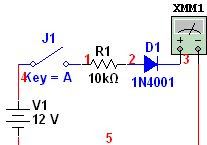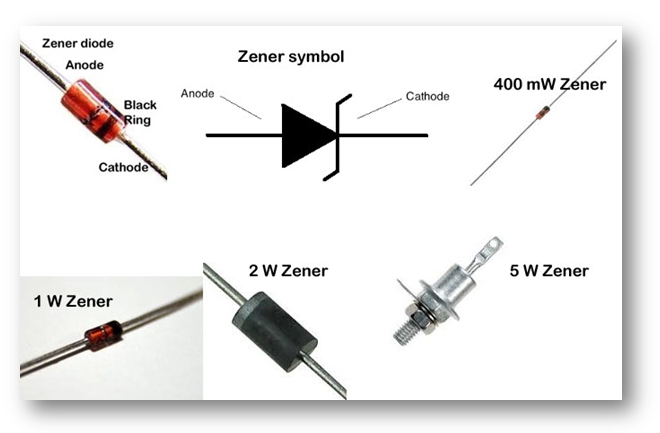


The forward voltage drop is reduced, and as a result, there is less internal conduction resistance. Voltage and current are precisely distributed based on individual needs, then to the negative ends of ICs. ■ In common cathode mode, the LED display’s current first passes through LED diodes with R, G, and B LEDs separately powered. ■ In common anode mode, the current of LED displays flows from PCB to LED diodes, and the RGB LEDs are powered with the same power source at the same power rate, and therefore the forward voltage drop is increased. Under line-scanning drive mode, LED displays can be categorized into two types: the common cathode and the common anode.Īs the name implies, common anode means individual LEDs are connected via their positive ends and driven by negative ends and common cathode means individual LEDs are connected via their negative ends and driven by positive ends, and in common cathode mode, R, G, B chips are separately powered with voltage and current precisely distributed to red, green, and red diodes, and the current passes the diodes then to the negative ends of ICs. However, when LED displays began to be used for indoor applications using smaller pitch products, the space available for electronic components was squeezed, and as a result, dynamic scan drive (line-scanning drive) based on time-division multiplexing (TDM) came into being.
DIODE ANODE CATHODE DRIVER
In the early stage, LED displays were mostly used for outdoor applications using larger pitch products, which did not have a physical space limit for driver ICs as they were designed with static scan drive.


 0 kommentar(er)
0 kommentar(er)
